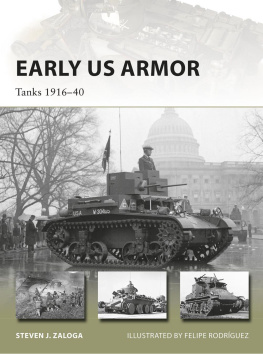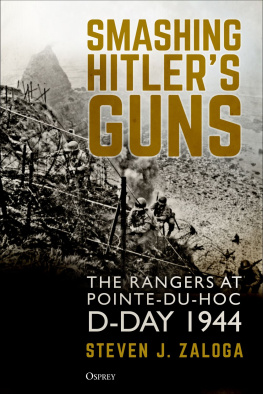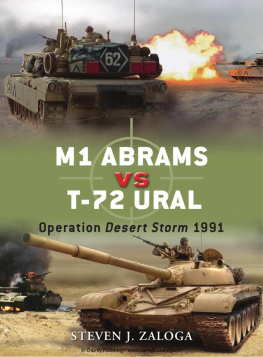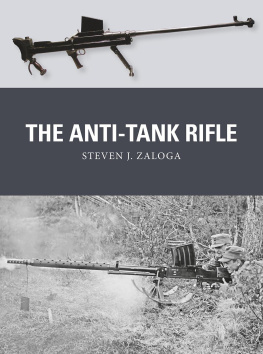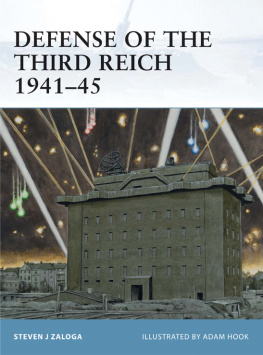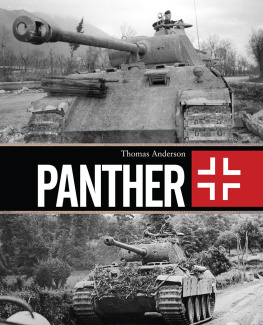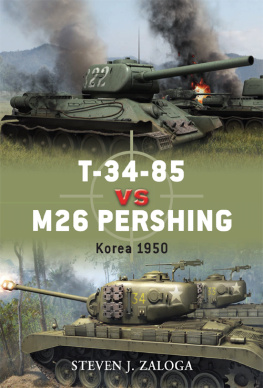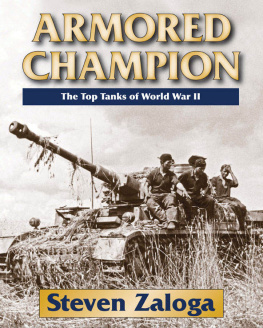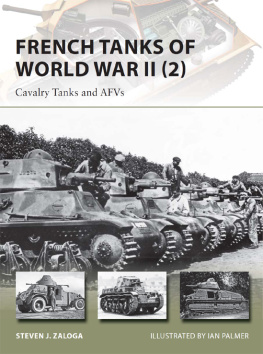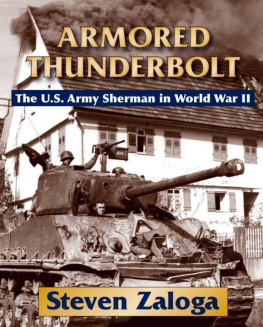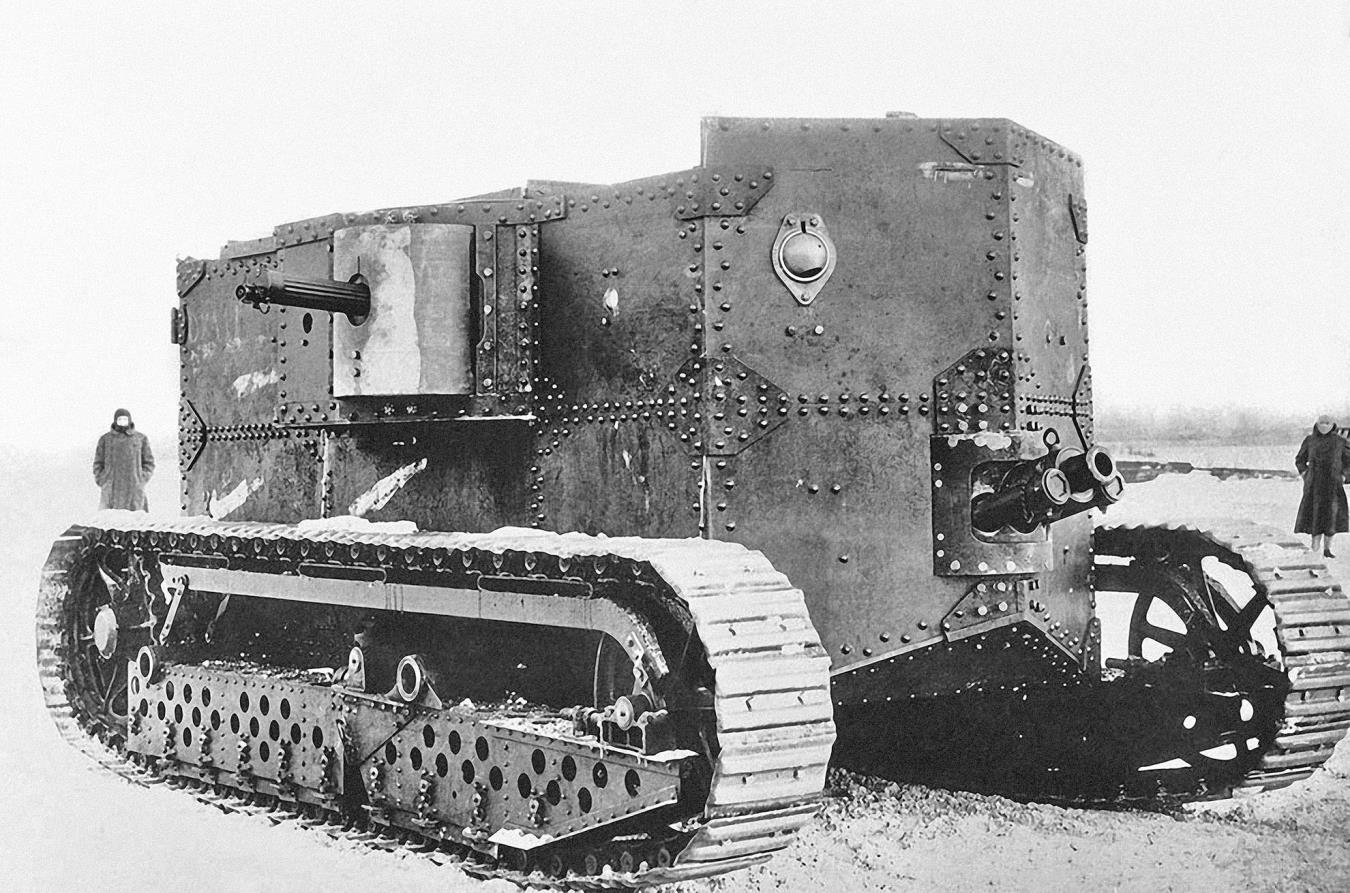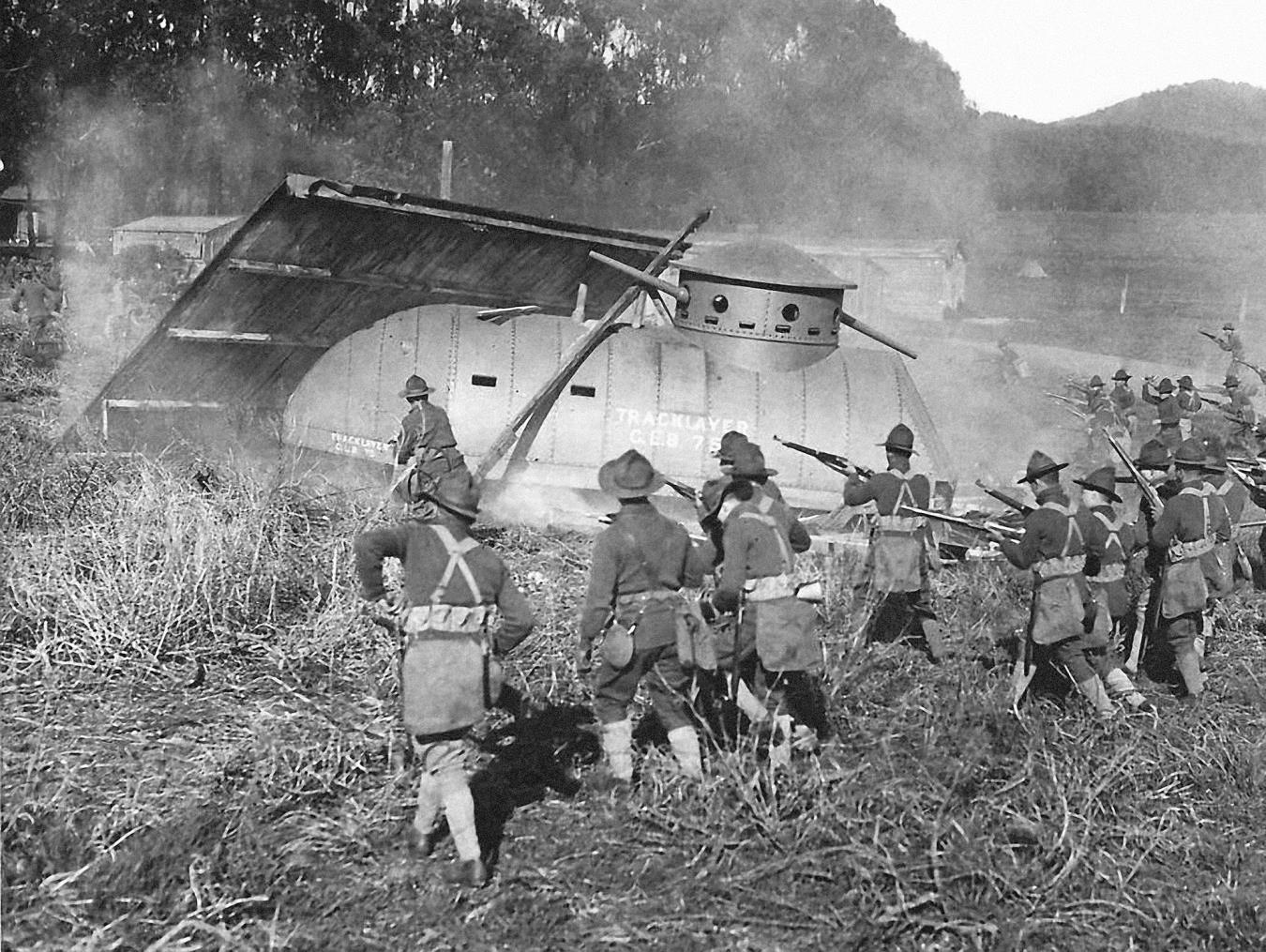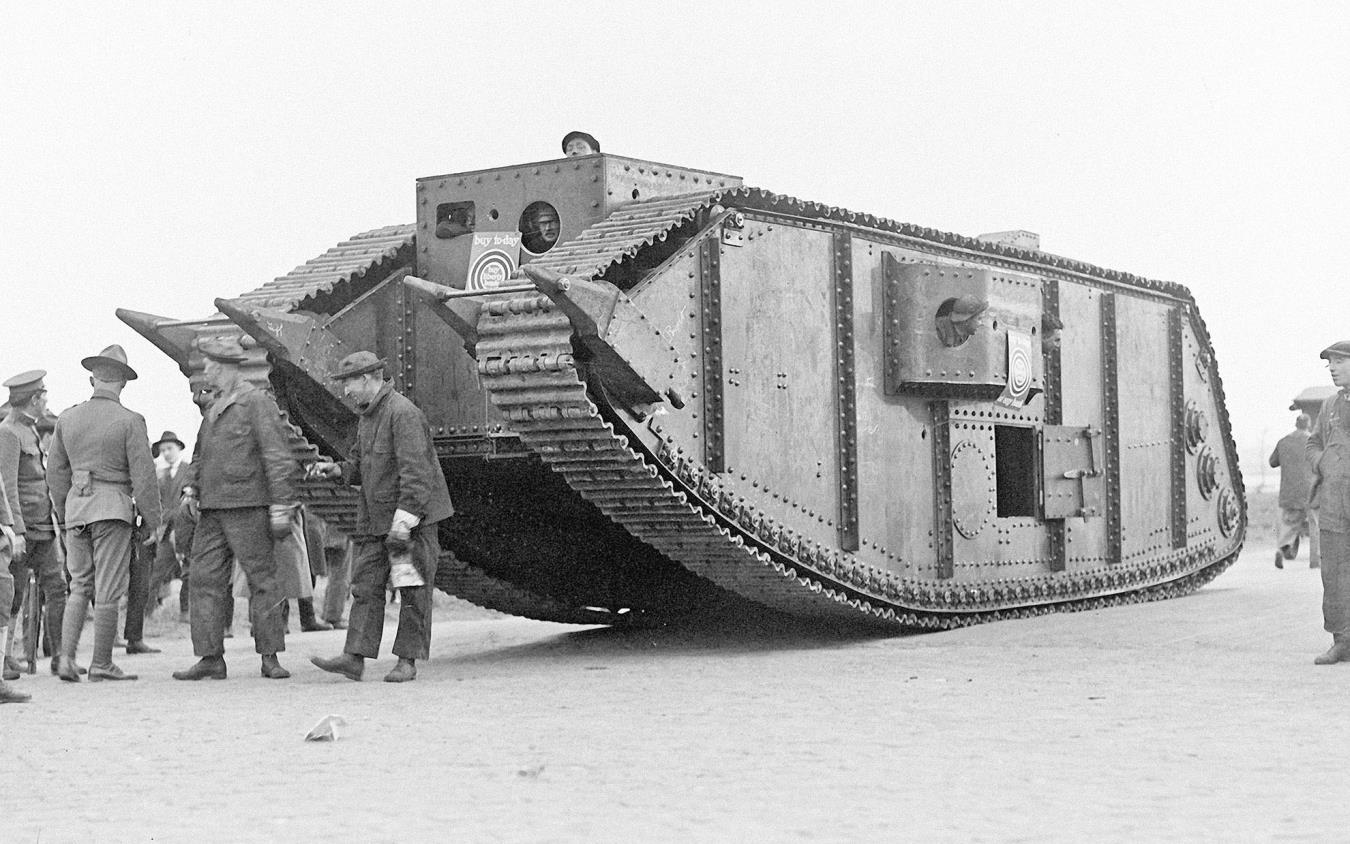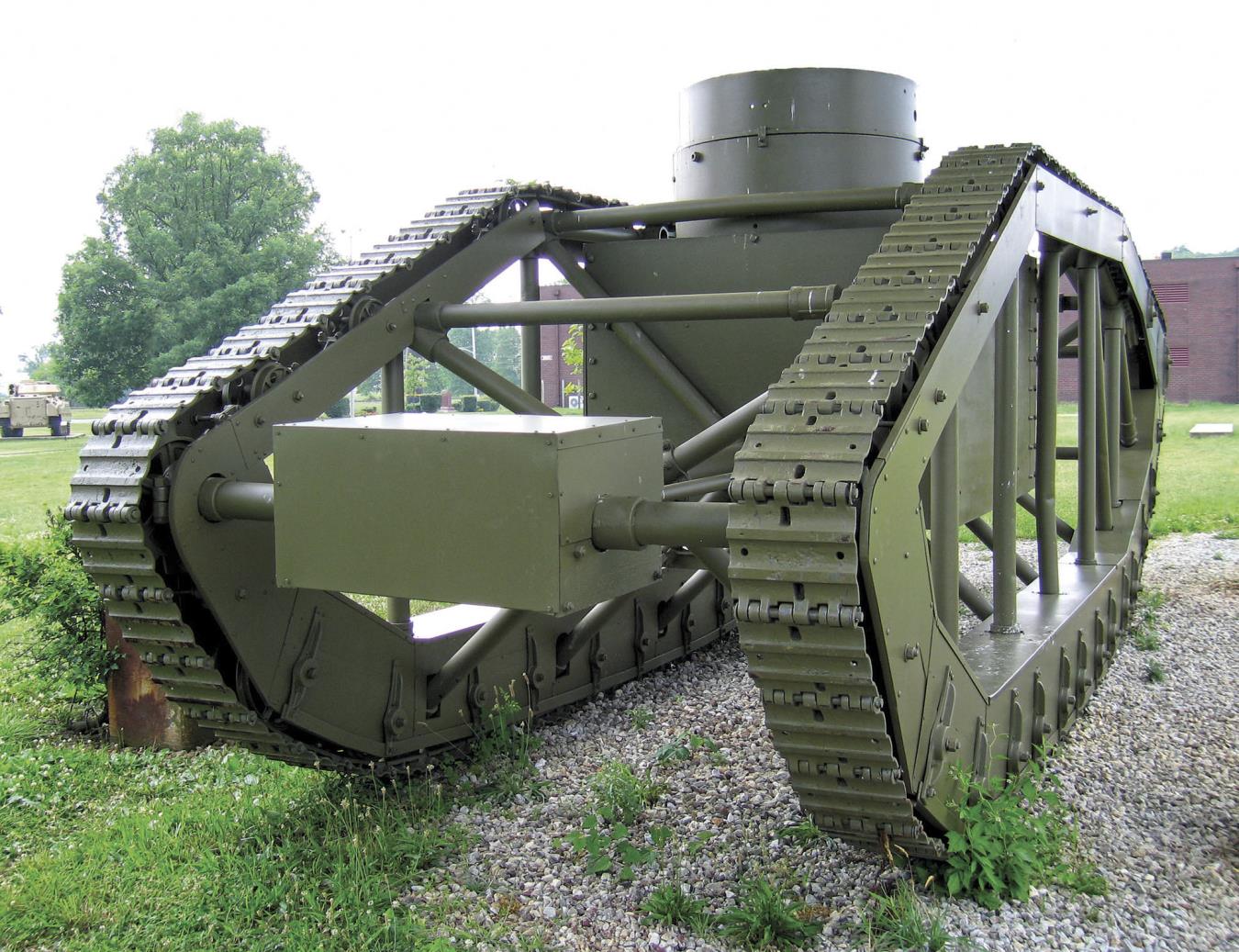EARLY US ARMOR
TANKS 191640
American Tank Origins
Prior to World War II, the US Army procured fewer tanks than most of the major and minor armies of Europe. Yet in World War II, the United States manufactured more armored combat vehicles than any other country. This book examines the early roots of American tank development in the years prior to World War II.
There are many legends about the early origins of American tanks, including the tale of a primitive vehicle protected by cotton bales that was used in the attack on Fort Hill during the Vicksburg campaign in the Civil War in 1863. The US Army began acquiring armored cars late in the 19th century, but showed little interest in tracked combat vehicles until its entry into World War I in 1917.
Early efforts in tank design were connected to Americas prosperous tractor industry. Companies such as Holt Caterpillar and C. L. Best manufactured a wide range of tractors for industrial and agricultural use. As the war in Europe coagulated into muddy trench warfare, European armies began to buy more and more tractors from the United States. American tractors were instrumental in early European tank designs since they were at the forefront of track and tractor technology.
The 1917 Holt Gas-Electric Tank was armed with a 75mm mountain gun in the bow and a water-cooled .30cal machine gun in sponsons on either side.
A number of enterprising American firms tried to drum up European business by offering armored tractors. Edwin Wheelock, general manager of the Pioneer Tractor Company of Winona, Minnesota, claimed to have supplied the British War Office with plans for a 25-ton armored tractor in April 1915 some months before the first British efforts to develop a tank. Whether this unsolicited proposal had any influence on the British tank program is unrecorded, though Wheelock later claimed that it did. The Automatic Machine Company of Bridgeport, Connecticut proposed an Automatic Land Cruiser armed with a 1-pdr and machine guns to the British War Office and the French war ministry in JulyAugust 1915. The Oakland Motor Company constructed the Victoria tank in December 1915 based on a British requirement. Although not accepted for production, the vehicle appeared at War Bond drives around the United States.
The CLB 75 Tracklayer was one of the best known of the wartime parade tanks, and took part in civic activities in the San Francisco area. Built on a C. L. Best tractor, it is seen here taking part in a mock attack with troops of the California National Guard in 1918.
Most early American tank designs came after the first British use of tanks in 1916. In most cases, these were simply tractors with sheet-metal structures for patriotic parades. One of the best-known tanks of this period was a G-9 Caterpillar Tank built as a movie prop for the 1917 William Randolph Hearst movie Patria that promoted military preparedness for the United States. The C. L. Best Tractor Company of San Leandro, California built at least two parade tanks. One of these, the CLB 75 Tracklayer, was widely photographed at the 4th of July parade in 1917 in San Francisco and later took part in exercises with the California National Guard.
The first serious tank completed in the United States was the Holt Gas-Electric tank, a collaboration of Holt Caterpillar and the General Electric Company, in 191718. It was based on a modified Holt 75 tractor and powered by a Holt 90hp gasoline motor linked to a GE generator that powered an electric motor on each of the bogies. The largest and most sophisticated tank built in the United States during the war was a collaboration of the US Army Corps of Engineers and the Massachusetts Institute of Technology (MIT). Maj Henry Adams of the Corps of Engineers developed a long-range flamethrower that used a steam boiler to atomize and propel a stream of fuel oil about 90 yards. It was successfully demonstrated in November 1917, leading to a scheme to mount the device in a steam-powered tank as a weapon to attack German pillboxes. War Tank America, also known as the Steam Tank, was patterned on British rhomboid tank designs and was powered by a pair of Doble steam engines offering 500hp. It was designed by Professor E. F. Miller, head of the MIT mechanical engineering department, and built at MIT in Cambridge under the direction of several Army officers. The Flame Projector, Tractor Type, Mark I was mounted in the front of the tank and there were sponsons on either side for .30cal machine guns. The Army did not have sufficient funds for the project, and it was built at a cost of $60,000 from the donations of Boston bankers. War Tank America weighed some 45 tons and it was completed in early 1918. In September 1918, it was dispatched to France and demonstrated to Gen John Pershing, the commander of the American Expeditionary Force (AEF), near his headquarters at Chaumont. It arrived too late to take part in any military actions.
War-Tank America was built at MIT outside Boston in 1918 and powered by Doble steam engines. It was armed with a flamethrower and was demonstrated to the AEF in France late in 1918.
One of the few early tanks to receive US Army funding was the so-called Skeleton Tank built by the Pioneer Tractor Company at a cost of about $15,000. The idea was to combine the light weight of the Renault FT tank with the trench-crossing ability of the larger British designs. To cut down on costs, much of the structure was made from ordinary iron pipes, and some of the suspension elements were made of wood. Besides cutting down on weight, the Skeleton Tank was designed to be shipped to France as a knocked-down kit to be assembled once it arrived. The armored module in the center contained two Beaver 50hp engines and a crew of two. The completed tank weighed 8 tons and it had a cross-country speed of 5mph. By the time the Skeleton Tank was ready, however, the war was over.
The Skeleton Tank was an attempt by the Pioneer Tractor Company to achieve the trench-crossing ability of the British rhomboid tanks with the lighter weight of the French Renault FT. The single prototype was displayed for many years at Aberdeen Proving Ground.
In 1918, the British war ministry approached several American automotive firms about a requirement for 22,000 Newton Tractors, an unarmored cross-country supply vehicle with a tracked suspension intended for the 1919 campaign. Studebaker used one of their examples as the basis for a small tank with two small machine-gun turrets on the roof.
The Tank Corps
The American entry into World War I in April 1917 accelerated US Army interest in obtaining tanks. A board of officers of the AEF submitted a report in late summer that indicated that a force of 20 divisions would require five heavy and 20 light tank battalions, totaling 375 heavy and 1,500 light tanks. Since there were no mature tank designs in the United States, the Ordnance Department turned to existing French and British designs.

